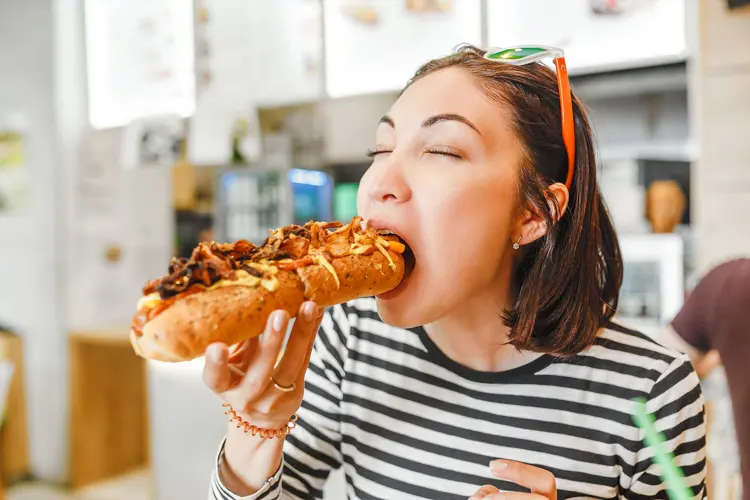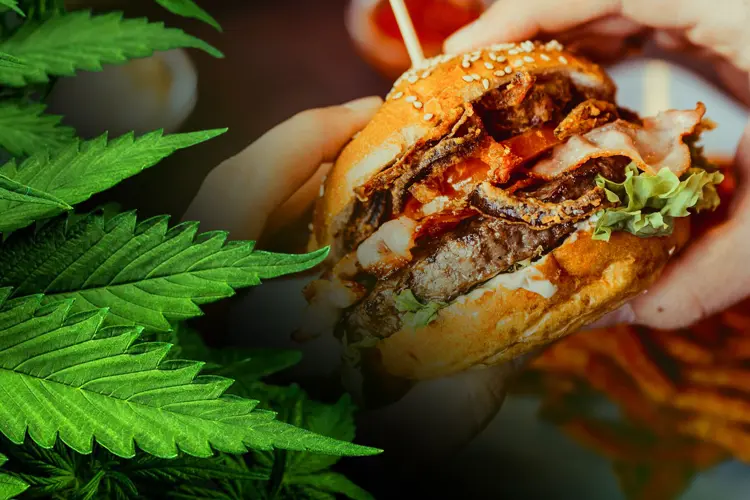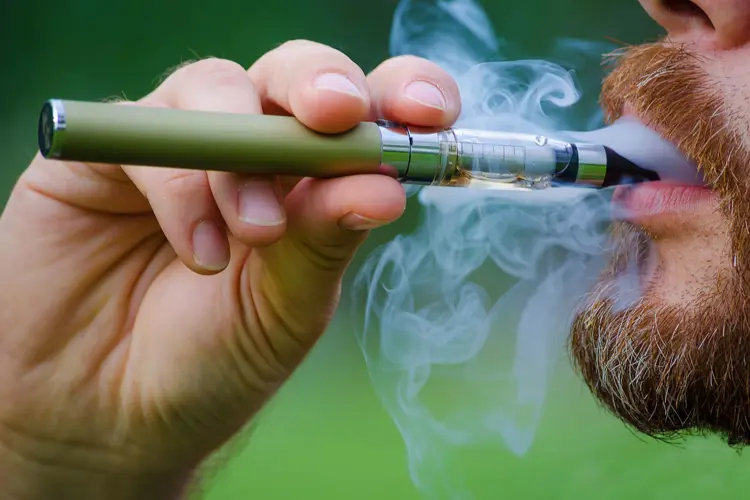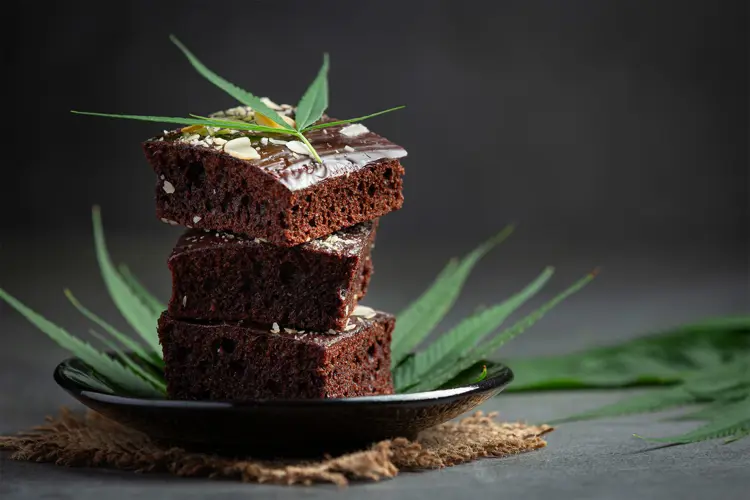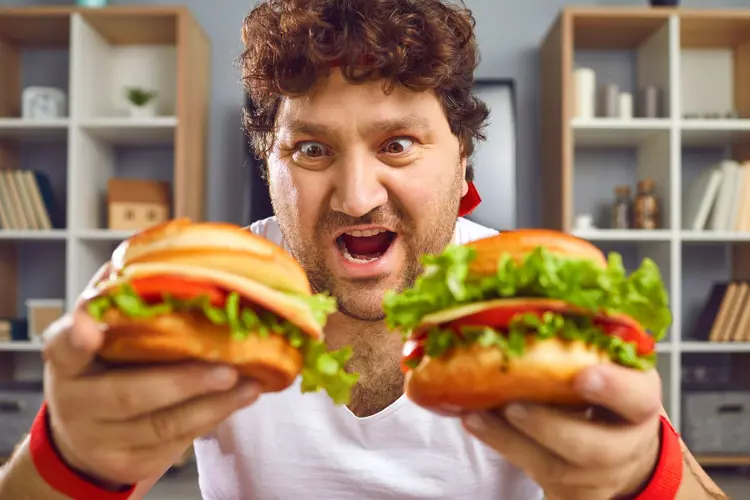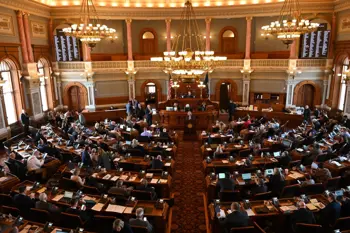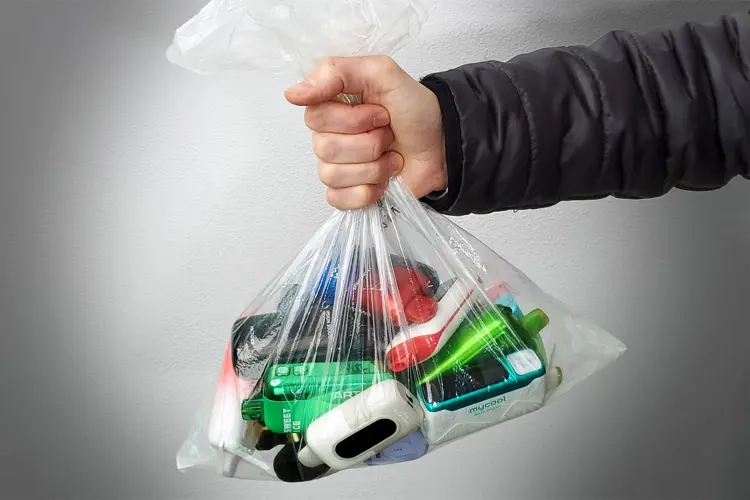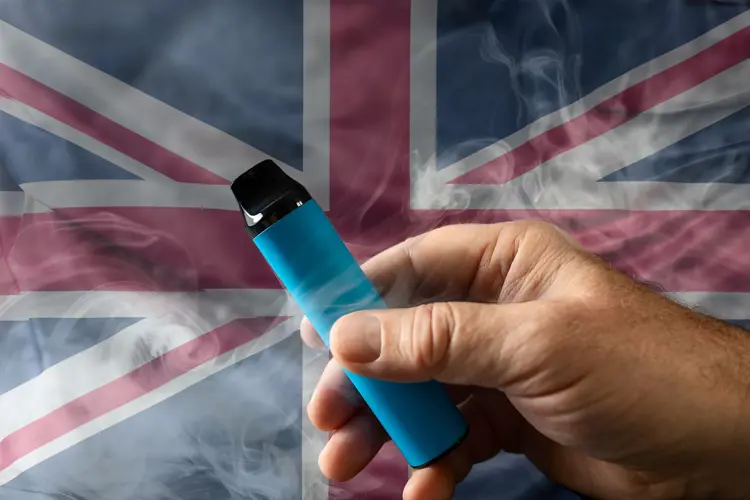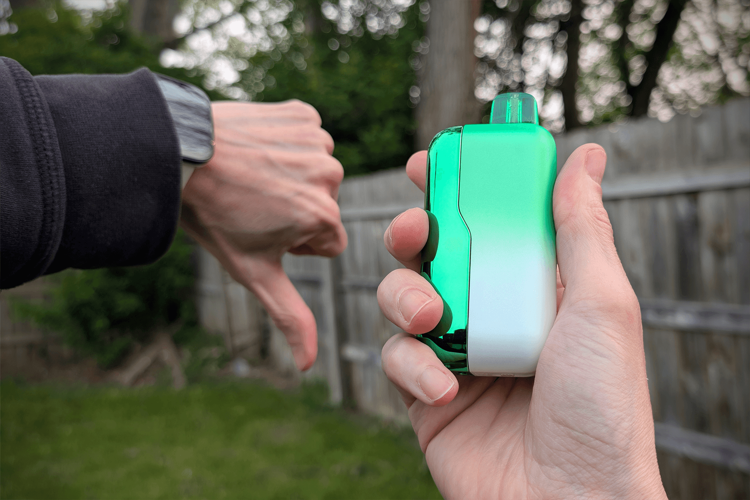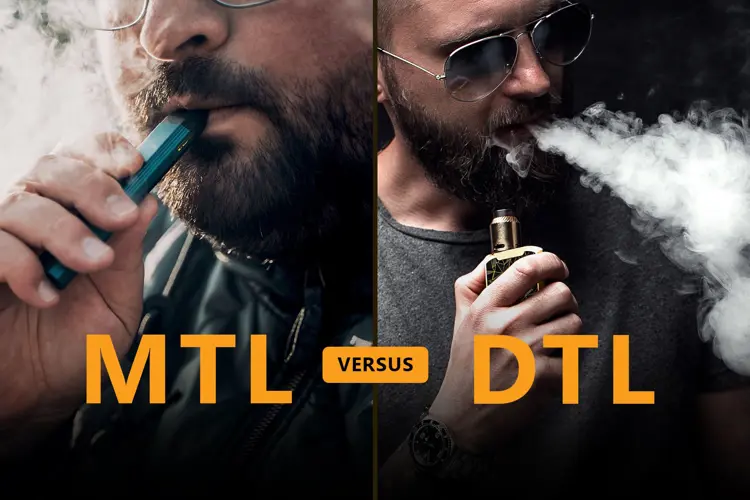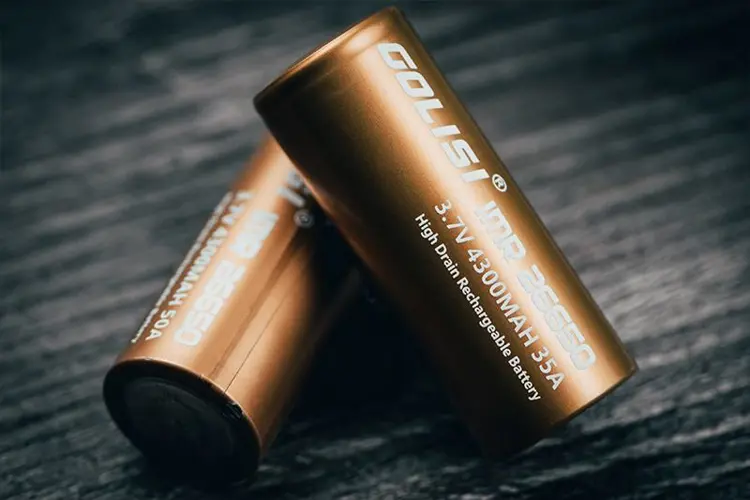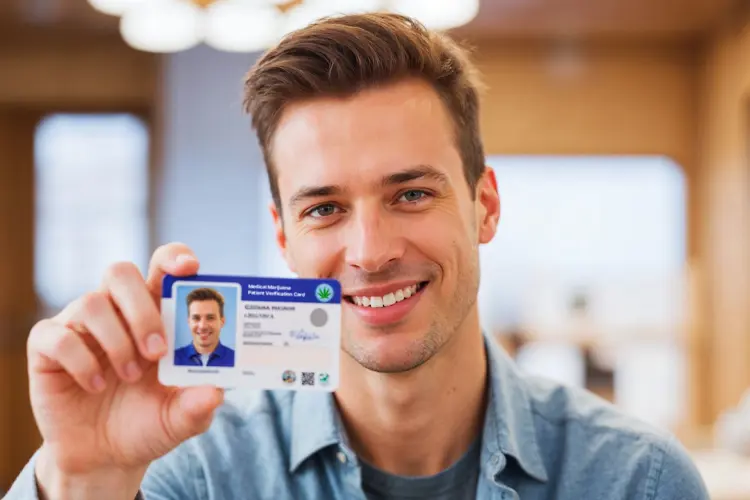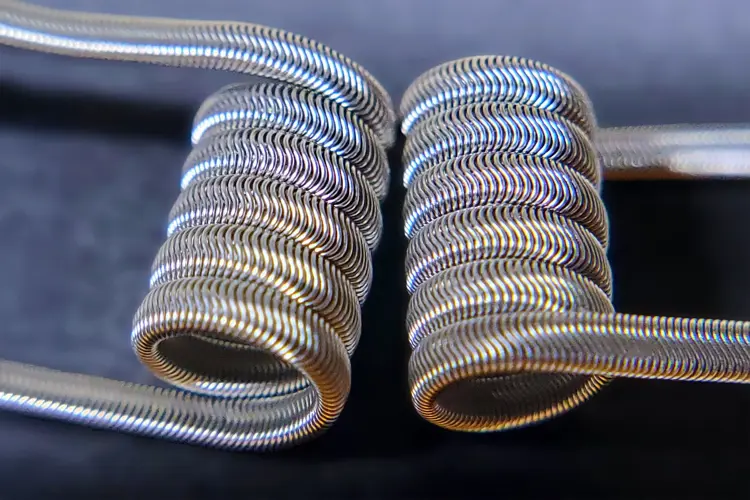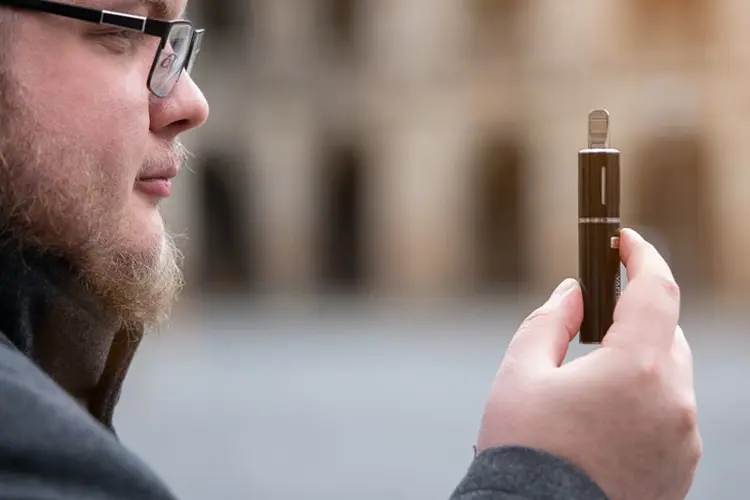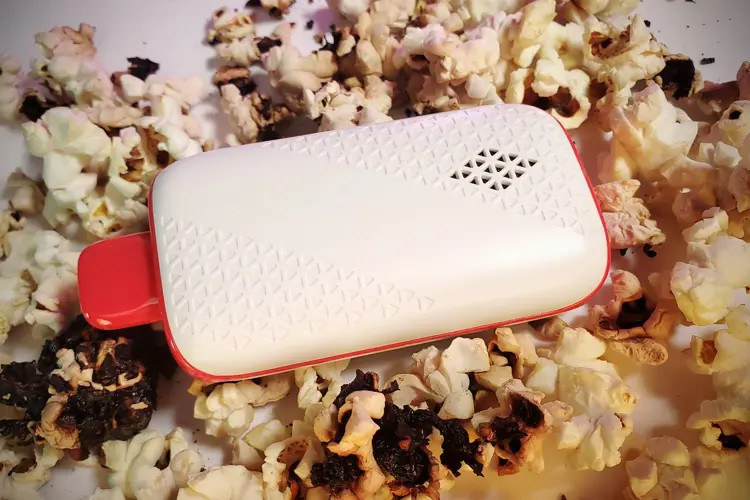It’s hard to separate cannabis products from their most notorious side effects. A sharp boost in appetite and palatability— what we call the munchies—is an effect almost every weed user is familiar with. For some medical marijuana users, the munchies is a sought-after benefit. However, many recreational consumers say they can take it or leave it.
The link between cannabis and hunger has long been a hot topic in the research sphere. There’s no doubt that appetite stimulation is an effect of THC, yet it’s uncertain how or if the effect can be fully harnessed in medical applications.
There hasn’t been any appetite-focused research yet on hemp-derived cannabinoids like delta 8 THC or HHC, but there is good anecdotal evidence that federally legal delta 8 products—and even non-psychoactive THCV or CBD products—can have a noticeable impact on hunger.
Every person’s body is different; not everyone develops a powerful hunger from consuming cannabis. But you should always review the potential side effects of any cannabinoid you intend to try, so you have some idea of what to expect.
Why does weed give you the munchies?
There’s hardly a cannabis side effect more well-known than the munchies. It’s right up there with red eyes and cottonmouth.
Hemp and marijuana-derived THC, including delta 8 and delta 9, bind to the body’s CB1 receptor. That leads to the euphoric high weed consumers seek—and the more effective a specific cannabinoid is at binding with the receptors, the more intense the high it causes. The CB1 receptor doesn’t just cause you to get high, though; it also helps modulate a handful of bodily functions, including metabolism and feeding behavior.
Appetite and the endocannabinoid system
The exact connection between the CB1 receptor and hunger has become clearer with time. An older study found that CB1 stimulation boosted feeding in partially satiated rats, but not in those deprived of food. Recent trials indicate an even stronger link.
The overall consensus seems to be that CB1 activation promotes energy homeostasis, and in turn, hunger. Changes in sensory perception are also responsible for this increase in appetite and food palatability. And it now appears that the CB1 receptor is a central regulator of food intake, regardless of satiation (feeling full).
A hunger-inducing hormone known as ghrelin is another major player in this effect. After THC enters the body and interacts with the user’s endocannabinoid system, ghrelin levels likely elevate in the stomach. Consuming cannabis products with higher levels of delta 8 or delta 9 THC could lead to more of this hormone in the body.
However, it’s still uncertain whether this makes cannabis a reliable way to stimulate appetite in those with serious medical conditions. THC doesn’t seem to improve appetite in those with cachexia, or the illness-related breakdown of adipose tissue and skeletal muscle. Many patients and doctors are sold on cannabis as a treatment for those undergoing cancer treatment, in large part because it is known to reduce nausea, allowing chemotherapy recipients to eat without vomiting. But studies conflict when we look at THC and anorexia from chemotherapy. It may, however, be beneficial to HIV or Alzheimer’s patients.
Additional research is needed to explore medical uses for THC’s appetite-stimulating qualities.
How does hemp affect appetite?
Switching to hemp products probably won’t eliminate the munchies. Several cannabinoids bind to the CB1 receptor, including delta 8 THC and HHC. Think of it this way: if a product can get you high, there’s a good chance it will cause the munchies.
Even nonintoxicating CBG may stimulate appetite.
If you’re seeking to increase your appetite, delta 8 or HHC products are worth a try. Just remember that you can’t pick and choose the effects you experience, and that any effect may be more pronounced in one person than the next.
Does delta 8 THC give you the munchies?
Yes, delta 8 THC can stimulate appetite. Many users report experiencing the munchies after vaping delta 8 carts or consuming delta 8 disposables.
Delta 8 binds to the CB1 receptor with half the effectiveness of delta 9 THC. The pair seem to share side effects, but delta 8’s are reportedly less intense. Variables like tolerance and physiology may also play roles. If you don’t have a history of the munchies with marijuana and delta 9 THC, you may not with psychoactive hemp products either.
On a medicinal level, we don’t have any research into delta 8 THC’s effect on appetite. What researchers have explored is delta 8 and nausea. Delta 8 THC was shown to eliminate nausea and vomiting in eight pediatric cancer patients, all with negligible adverse effects. This study is older and the sample size was limited, but it calls for further exploration. Reduced nausea can help improve appetite, or at least allow the patient an opportunity to eat.
Does HHC give you the munchies?
HHC’s impact on appetite is even less clear than delta 8’s.
Anecdotally, many users report that HHC carts, edibles, and related products cause the munchies. There’s no research to back up these claims, but it’s in line with our understanding of the CB1 receptor and other psychoactive cannabinoids. Products like HHC disposables are known to have an overall effect similar to their delta 9 counterparts.
Since it’s structurally distinct from THC, there’s still much to learn about HHC, including how it’s metabolized and its side effects. We don’t know how much it affects hunger and how that compares to delta 8 and delta 9 THC. Although users often claim that HHC is more intoxicating than delta 8 THC, that doesn’t mean it also better stimulates appetite.
Does CBD give you the munchies?
Overall, research points to CBD having a significant impact on appetite, even though the extent is unclear. However, CBD’s appetite effect appears to be almost the opposite of THC’s: CBD is more likely to dial back your appetite than to increase it.
But while CBD doesn’t bind to the CB1 receptor and won’t give you the munchies, it’s still possible for CBD to improve a user’s appetite by reducing symptoms of anxiety and nausea, both of which make eating difficult. Regardless, if you don’t already have an upset stomach, don’t expect CBD distillate or other CBD products to make you hungry.
A 2021 comparative analysis found that CBD moderately decreased appetite. In the same study, the researchers found that the synthetic THC products dronabinol and nabilone had no significant impact on hunger. Other researchers have reached similar conclusions.
Compiled the following year, a systematic review brought further attention to this research. The majority of trials concluded that CBD may reduce hunger and help lower body weight. While the research is promising (for weight loss), the review’s author also found potential bias in some of the studies.
Does THCV give you the munchies?
Although THCV is a lesser-known cannabinoid, it’s one of the most prominent when discussing cannabis and appetite.
Like CBD, there’s evidence that THCV is an effective appetite suppressant. This nonintoxicating cannabinoid doesn’t bind to CB1 receptors and won’t cause users to become high. It appears not only to reduce appetite and promote satiety, but it may also ramp up metabolism. Researchers are particularly interested in its potential as a weight loss or diabetes management tool.
Does CBG give you the munchies?
Finally, let’s address the outlier. Researchers have explored CBG as a potential appetite stimulant.
The CBG cannabinoid binds ineffectively to CB1 receptors and isn’t psychoactive. Despite this, it appears to increase appetite in its own right. CBG may also have fewer adverse effects than intoxicating cannabinoids. When considering medicinal viability, that’s a factor doctors and scientists look for.
CBG oil probably won’t alter sensory perception or incite a classic case of the munchies, but it might kickstart your appetite—and without getting you high.
Do edibles make the munchies worse?
The answer starts with a huge “it depends.”
Absorption and metabolization vary depending on whether you vape, smoke, or consume edibles. Lung membranes are a particularly efficient route to the bloodstream and brain. For the typical user, it doesn’t take long for cannabinoids to kick in after vaping or smoking. The effects will also wear off more quickly.
Edibles, however, can take an hour or more to hit. And once you’re high, the effects can persist for a long time—sometimes for over six hours.
It depends on the user, but taking a potent edible could lead to a more uncontrollable, longer-lasting bout of the munchies than a few puffs of your vape. The amount of THC or HHC consumed matters, of course. And CBD gummies aren’t going to stimulate your appetite at all.
Indica vs sativa: how they impact appetite
Psychoactive hemp products are often supplemented with indica or sativa-derived terpenes. The effects, aroma, and taste of a product can vary depending on its terpene profile.
Sativa cannabis strains are associated with an energizing head high. If you’re looking to uplift your mind and get some chores done along the way, sativa is the way to go. Indica is likely your go-to if you use cannabis to unwind or get a good night’s rest. Hybrid strains tend to offer a balanced experience.
Do indica and sativa both cause the munchies?
Many users vouch for sativa strains as better hunger stimulants. Digging into the research, there is limited evidence that indica causes more severe munchies for the average user.
But the truth is that the appetite-provoking properties of any marijuana strain may depend more on the non-THC cannabinoids in the weed than whether it’s a sativa or indica strain.
Sativa-leaning cannabis tends to contain more THCV, while indica often features higher levels of CBD, and both of these cannabinoids are considered appetite suppressants. If a certain strain contains high levels of THCV or CBD, it may be less munchy-inducing.
While industrial hemp technically falls into the sativa category, some strains are bred to contain higher levels of particular compounds. Plus, unprocessed bud isn’t your only option. The contents of hemp oils and edibles vary even more widely and usually aren’t dependent on naturally occurring compounds.
When shopping for hemp-derived carts or disposables, hone in on the cannabinoid ratios, not the terpene profile. Pure delta 8 distillate will probably make you more susceptible to the munchies than a cart with equal parts delta 8 THC and CBD.
Can you prevent the munchies?
It isn’t always possible to avoid the munchies. If cannabis tends to make you hungry, that could just be your physiology. You may also notice a change in appetite as your tolerance rises.
The only way to eliminate your risk of getting hungry is by avoiding THC altogether. That means sticking to nonintoxicating cannabinoids (not CBG, though).
There are, however, ways to minimize the munchies or reduce their intensity. To reduce your likelihood of getting the munchies, consider:
- Microdosing: Consuming small amounts of THC at a time can keep the munchies in check. Rather than jumping straight to a large dose, start small and space out your hits.
- High CBD products: You don’t need to sacrifice your high, either. It’s growing easier to find products that blend CBD with hemp-derived THC, including 1:1 and 2:1 options.
- Expanding your repertoire: There’s no one-size-fits-all guide to hemp and the munchies. Experimenting with different brands, types of products, and cannabinoid formulations can help you find options with particular outcomes.
Eating before you consume weed is iffy. Early research suggested that low satiation worsens the munchies, but this is contradicted by more recent studies. Nevertheless, some users may find that their appetite is stimulated less if they vape, smoke, or consume edibles after a small meal.
Even if you can’t stop the munchies in their tracks, there are ways to reduce the damage.
Try keeping healthy snacks at the ready. The tastier, the better. If you tend to reach for sweet foods, you might enjoy snacking on fresh fruit or granola bars. Salty cravings can be resolved with hummus and pre-cut veggies or even some whole-grain pretzels. Staying hydrated before and during your session can also help.
The munchies are inevitable for many of us. For most cannabis consumers, it’s a price we’re willing to pay.
President Trump promised during his election campaign to “save vaping," but his administration has undermined that goal at every turn.
The U.S. disposable vape market has grown to $2 billion in annual sales, although nearly none of the products are authorized by the FDA.
More than 30 bills that would impose severe restrictions vaping consumers’ product choices remain active in U.S. state legislatures.
The Freemax REXA PRO and REXA SMART are highly advanced pod vapes, offering seemingly endless features, beautiful touchscreens, and new DUOMAX pods.
The OXVA XLIM Pro 2 DNA is powered by a custom-made Evolv DNA chipset, offering a Replay function and dry hit protection. Read our review to find out more.
The SKE Bar is a 2 mL replaceable pod vape with a 500 mAh battery, a 1.2-ohm mesh coil, and 35 flavors to choose from in 2% nicotine.

